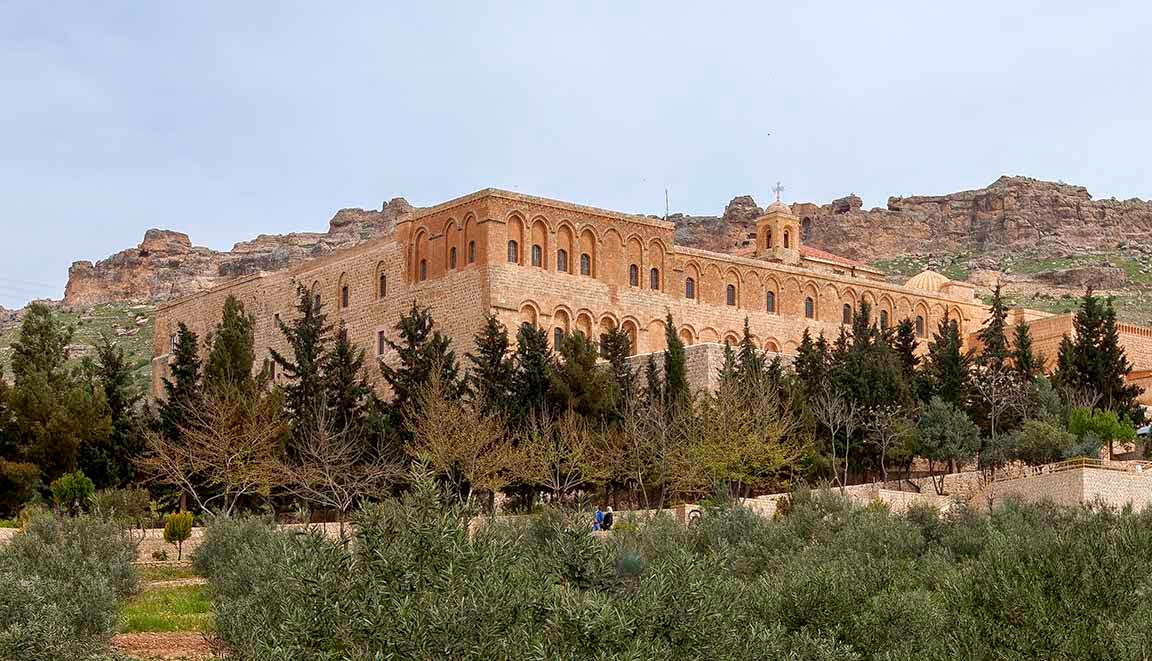Uzbekistan | Bukhara | Nogai Caravanserai | Gaukushan Madrassa | Khodja Mosque
Just south of the Tok-i-Saffaron, along the Shah Rud Canal, is the Nogai Caravanserai, built in the 1720s during the reign of the Shaybinids. This modest-sized caravanserai has a pleasant stone paved, tree-strewn courtyard surrounded by forty-five-odd room which once served as temporary quarters for traveling merchants and caravan men. The rooms now serves as shops selling miniatures, puppets, and the usual array of silk and wool goods, including suzanis and wall-hangings.
Shah Rud Canal in the foreqround; Nogai Caravanserai on the other side.
Front of Nogai Caravanserai
Nogai Caravanserai Courtyard (Enlargement for ames)
A few hundred yards down the Shah Rud Canal is the Khodja Mosque and Gaukushan Madrassa Complex. “Gaukushan” reportedly means “one who kills bulls”; in the early sixteenth century there was a slaughter-house on the site. In the years 1562–1566 a madrassa was built here; it soon became known as the Gaukushan Madrassa. In 1598 Juibar Sheikh Khodja Kalon built a Juma, or Friday mosque on the other side of the Shah Rud Canal from the madrassa.
Shah Rud Canal center; Khodja Mosque right, Gaukushan Madrassa left
Pond in front of the Complex (Enlargement for a mes)







